What is Forest Ecology?
- September 1, 2024
- 0 comment
Forests, with their vast biodiversity and intricate networks of life, represent some of the most complex ecosystems on Earth. Within these ecosystems, countless interactions occur between plants, animals, microorganisms, and the physical environment, creating a delicate balance that sustains both the forest and its inhabitants. The study of these interactions is at the heart of forest ecology, a field that seeks to understand the relationships that underpin forest ecosystems.
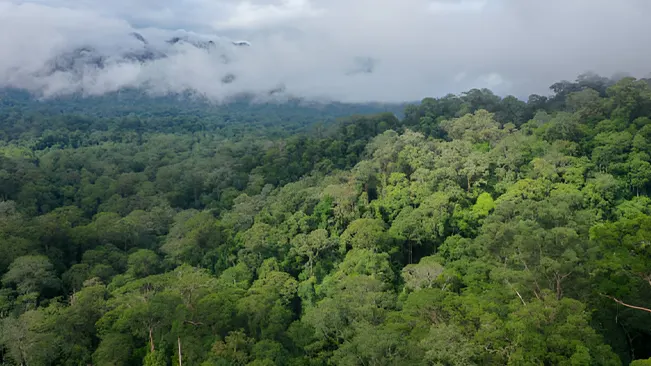
By exploring these dynamics, forest ecology provides insights that are essential for conserving and managing these vital areas, ensuring they continue to offer critical services such as climate regulation, biodiversity support, and resources for human well-being.
What is Forest ecology?
Forest ecology is the study of the interactions between living organisms—such as plants, animals, and microorganisms—and their environment within forest ecosystems.
This field examines how these components work together to create the complex, dynamic systems that we recognize as forests. By understanding these interactions, we gain insights into how forests function, change over time, and respond to natural and human-induced disturbances.
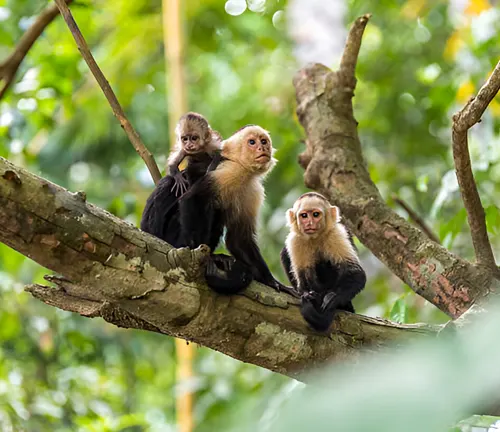
Importance of Forest Ecology
Understanding forest ecology is essential for multiple reasons. It helps us protect biodiversity, ensures the sustainable management of forest resources, and provides valuable information for addressing environmental challenges such as climate change.
Forests are not only home to a vast array of species, but they also play a crucial role in carbon sequestration, water filtration, and soil conservation, making them vital to both ecological health and human well-being
The Foundations of Forest Ecology
1. Biotic Components: The Living Organisms
Trees and Vegetation
Trees and other vegetation are the primary producers in forest ecosystems. They capture energy from the sun through photosynthesis and convert it into food that supports a diverse range of organisms.

The structure and composition of a forest depend on the types of trees and plants that dominate the area, as these vegetation components play crucial roles such as providing habitat and food for wildlife, stabilizing soil to reduce erosion, and influencing local climate and hydrological cycles.
Wildlife
Forests are home to a diverse array of animals, fungi, and microorganisms, each playing a critical role in the ecosystem. These organisms contribute to various ecological processes, including pollination, seed dispersal, and decomposition, which are essential for maintaining the health and stability of the forest.
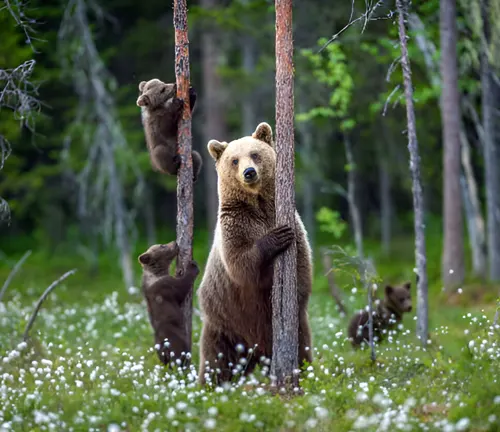
Key roles of wildlife:
- Pollinators (e.g., bees, birds) support plant reproduction.
- Herbivores and carnivores regulate plant and animal populations.
- Decomposers break down organic matter, recycling nutrients back into the soil.
2. Abiotic Components: The Non-Living Environment
Soil
Soil is the foundation of forest ecosystems, providing the necessary nutrients and support for plant growth. The composition and quality of the soil directly affect the types of vegetation that can thrive in a forest.

Soil also plays a crucial role in water retention and filtration, influencing the overall health of the forest ecosystem.
Functions of soil in forests:
- Nutrient cycling and storage.
- Water filtration and retention.
- Habitat for soil organisms.
Water and Climate
Water cycles and climate patterns are critical in shaping forest ecosystems. The availability of water and the local climate determine the distribution of plant and animal species within a forest.
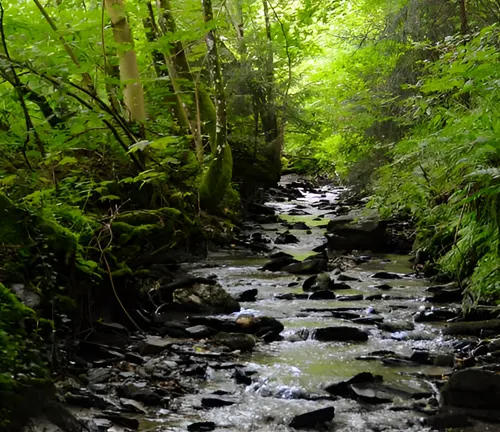
Changes in precipitation, temperature, and humidity can significantly impact forest health and lead to shifts in species composition.
Climate impacts on forests:
- Determines species distribution and growth rates.
- Influences seasonal cycles and reproductive patterns.
- Affects the frequency and intensity of natural disturbances like wildfires and storms.
Core Ecological Processes in Forests
1. Energy Flow
Energy flow is a fundamental process in forest ecology, beginning with the capture of solar energy by plants through photosynthesis. This energy is then transferred through the ecosystem via the food chain, from herbivores that consume plants to predators that feed on herbivores.
Stages of energy flow:
- Photosynthesis by primary producers (plants).
- Consumption by herbivores and decomposers.
- Transfer through predators and omnivores.
Understanding energy flow is essential for grasping how ecosystems function and sustain themselves over time.
2. Nutrient Cycling
Nutrient cycling refers to the movement and exchange of organic and inorganic matter back into the production of living matter. In forests, this process involves the decomposition of dead plants and animals, which releases nutrients back into the soil, making them available for uptake by plants.
Key components of nutrient cycling:
- Decomposition of organic matter.
- Soil microorganisms breaking down nutrients.
- Re-absorption of nutrients by plants.
This cycle is crucial for maintaining soil fertility and supporting plant growth.
3. Ecological Succession
Ecological succession is the process by which the structure of a forest changes over time. It begins with pioneer species colonizing a disturbed area and progresses through various stages until a stable, mature forest ecosystem is established.
Stages of succession:
- Pioneer species establish (e.g., grasses, shrubs).
- Intermediate species develop (e.g., young trees, larger shrubs).
- Climax community forms (e.g., mature forests with diverse species).
Succession is a natural response to disturbances like fires, storms, or human activities, and it plays a vital role in the regeneration of forests.
The Role of Forest Ecology in Conservation
1. Understanding Biodiversity
Forest ecology provides valuable insights into the biodiversity of forest ecosystems. By studying the interactions between species and their environment, ecologists can identify critical habitats, assess the impacts of human activities, and develop strategies to protect endangered species and preserve biodiversity.
Key aspects of biodiversity conservation:
- Protecting keystone species that have a disproportionate impact on ecosystem health.
- Preserving genetic diversity to enhance species’ resilience.
- Maintaining habitat connectivity to support wildlife movement.
2. Sustainable Forest Management
Sustainable forest management involves applying ecological principles to balance the needs of society with the health of forest ecosystems. This approach ensures that forests continue to provide essential resources like timber, clean water, and recreational opportunities while maintaining their ecological functions.
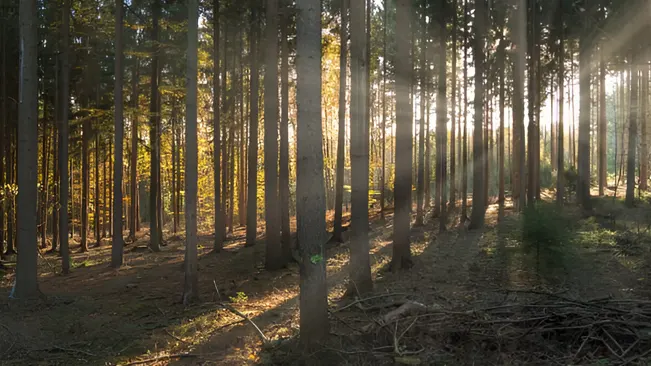
The principles of sustainable management include using harvesting methods that minimize ecological impact, such as selective logging; protecting water sources and maintaining biodiversity; and incorporating traditional knowledge alongside modern science.
3. Restoration Ecology
Restoration ecology uses knowledge from forest ecology to restore degraded ecosystems to their natural state. This includes reforestation, controlling invasive species, and reintroducing native species to re-establish healthy, functioning ecosystems.
Steps in restoration:
- Assessing the degree of degradation and potential for recovery.
- Selecting appropriate native species for reintroduction.
- Monitoring and adapting restoration practices over time.
Human Impact on Forest Ecology
1. Deforestation and Habitat Fragmentation
Human activities like deforestation and habitat fragmentation are significant threats to forest ecology. These actions disrupt ecosystems, reduce biodiversity, and alter the natural processes that sustain forests. Understanding the impacts of these activities is crucial for developing strategies to mitigate their effects and promote forest conservation.
Consequences of deforestation:
- Loss of species and genetic diversity.
- Disruption of water cycles and soil stability.
- Increased greenhouse gas emissions.
2. Climate Change and Forests
Climate change poses a significant challenge to forest ecosystems, affecting temperature, precipitation patterns, and the frequency of extreme weather events. These changes can lead to shifts in species distribution, increased vulnerability to pests and diseases, and disruptions in ecological processes.
Impacts of climate change:
- Altered growth rates and reproductive cycles.
- Increased risk of wildfires and droughts.
- Migration of species to new habitats.
Forest ecology provides the knowledge needed to adapt management practices to these changing conditions.
Applications of Forest Ecology
Forest Management
Applying forest ecology principles in management helps maintain the health and productivity of forests. Practices such as selective logging, controlled burns, and forest zoning are designed to minimize ecological damage while meeting human needs.
Key management strategies involve reducing the impact of timber harvesting, enhancing forest resilience through biodiversity, and implementing additional measures that support sustainable forest management.
Urban Forestry
Urban forestry applies forest ecology in cities to manage green spaces, enhance biodiversity, and improve air quality. Urban forests contribute to human well-being by providing shade, reducing heat islands, and offering recreational opportunities.
The benefits of urban forestry include improving air and water quality, providing essential habitats for urban wildlife, and enhancing the overall quality of life for city residents.
Conclusion
Forest ecology is a fundamental discipline that reveals the intricate connections within forest ecosystems. It shows us how plants, animals, microorganisms, and the physical environment interact to create a dynamic and interdependent system. By understanding these relationships, we can make informed decisions that help conserve biodiversity, regulate the climate, and ensure forests continue to provide essential resources for humanity.
Forest ecology is also important in guiding sustainable forest management and restoration efforts, emphasizing the need to protect these vital ecosystems in the face of human activities and climate change. As we move forward, integrating ecological knowledge into our actions will be key to preserving the health and resilience of forests for future generations.
Frequently Asked Questions (FAQ’s)
- What is forest ecology?
Forest ecology studies interactions between organisms and their environment within forest ecosystems, focusing on biodiversity and sustainability. - Why is forest ecology important?
It’s crucial for conserving biodiversity, regulating climate, and providing essential resources for human survival and well-being. - How do forest ecosystems differ from other ecosystems?
Forest ecosystems have dense trees, unique species interactions, and complex ecological relationships that differ from other ecosystems. - What role do forests play in climate regulation?
Forests absorb carbon dioxide, reducing greenhouse gases and helping to stabilize global climate patterns over time. - How does forest ecology contribute to biodiversity conservation?
It identifies key habitats, helping protect species diversity and ecological balance within forest ecosystems. - What are the key components of a forest ecosystem?
Trees, animals, soil, water, and climate are the fundamental components of any forest ecosystem. - How do human activities impact forest ecology?
Deforestation, pollution, and habitat destruction disrupt ecological balance, causing significant biodiversity loss. - What is the role of soil in forest ecology?
Soil supports plant growth, nutrient cycling, and provides habitat for microorganisms essential to forest ecosystems. - How do forest ecologists study ecosystems?
Ecologists use observations, experiments, and modeling to understand ecological processes and interactions within forests. - What are some key challenges in forest ecology?
Climate change, deforestation, and invasive species are major threats to forest ecosystem health and sustainability.

Joel Cunningham
Forestry AuthorI'm Joel Cunningham, an expert in pruning and weed management with over a decade of experience. My skills are rooted in formal training and extensive practice, focusing on advanced pruning techniques and efficient weed control. I'm known for my quality work, precision, and deep understanding of plant health and soil dynamics. My contributions extend to educational initiatives where I share sustainable practices and advice, establishing myself as a reliable and authoritative figure in the gardening community.






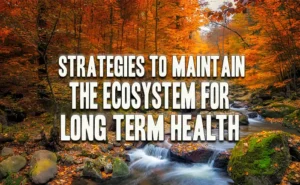

Leave your comment